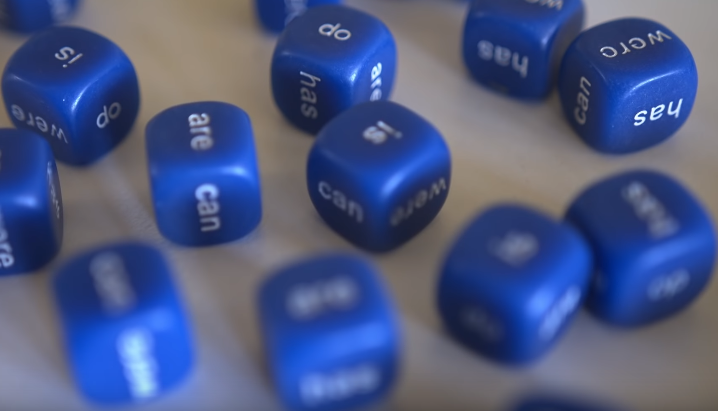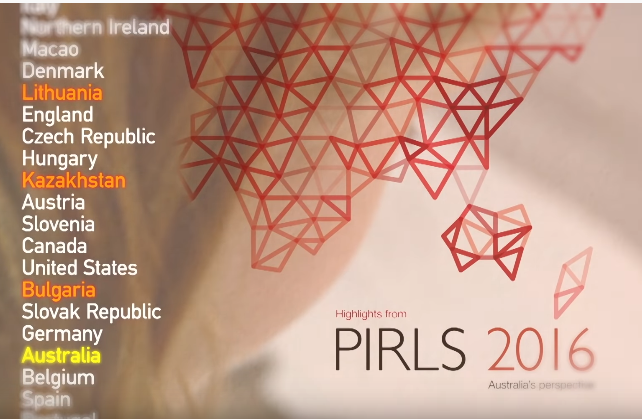Why too many young Australians are struggling with literacy

Everyone is talking about last week’s Four Corners episode on ‘Why too many young Australians are struggling with literacy in the digital age‘. It is an alarming concern why a number of test results and international benchmarks reveal that many of our children are slipping behind in their literacy. Four Corners examined the teaching methods of how reading and writing is being taught and what is going wrong. Is it screen time, phonics or teacher education?
Don’t worry if you missed the programme, we’ve summarised some keynotes:
The Statistics

Australia ranks 28th internationally
- In a 2016 global reading literacy study – PIRLS (Progress in International Reading Literacy Study) – Australia ranked 28th out of 50 nations. We are behind countries such as Lithuania, Kazakhstan and Bulgaria
- Our NAPLAN data from the last 10 years shows that students in Year 3 who performed well in all literacy areas (reading, writing, spelling and grammar) stopped making these gains as they moved through the latter years.
- This year’s 2019 NAPLAN reading results showed that 28.8% of Year 3 students reached the highest band of achievement but only 4.5% of Year 9 students were top performers. Alarmingly, 20% of Year 9 students were below, or barely scraped through, to meet the national minimum standard.
- Further evidence shows that Year 7 literacy results are flatlining. The transition into high school is a period where reading progress is really slowing down.
Examples from two schools
Salisbury Primary School, which has rolled out an explicit phonics teaching program, have documented an impressive rise in their students’ literacy results.
Cambridge Primary School also boasted results of their students’ literacy abilities stretching 2 years above age level. Their literacy initiative emphasises the adventurous, playful and empowering qualities of language to engage students.
What do Teachers, Specialists and Government have to say?
Here are some insights from a variety of people interviewed :
- “Vocabulary has decreased. Spelling is atrocious. No kid knows how to use an apostrophe.” (Veronica Sanders, high school English teacher)
- “Every year we produce a new crop of 40 000 fifteen-year-olds who don’t meet OECD (the Organisation for Economic Co-operation and Development) standards on reading. That’s 1 in 7 fifteen-year-olds. We can’t afford to have that many fifteen-year-olds in an economy in which jobs for unskilled workers are disappearing.” (Professor Pamela Snow, Cognitive Psychologist and Speech Pathologist.)
- Professor Rauno Parrila (Education Studies, Macquarie University) states, “It’s true to say that phonics is the best way to take a non-reader and move them to a reader.”
- “We’re flatlining as a nation…we’re not making the progress that we should be making and we need to redouble our efforts.” (Dan Tehan, Education Minister)
- “The longer we leave it with a struggling reader, the harder it gets to play catch up,” warns Professor Pamela Snow.
- “Writing’s a real worry. The results have been steadily getting worse – both for boys and girls – boys are much worse than girls. But the average student is working 12 months below where they used to be a decade earlier.” (Education specialist)
The social implications of poor literacy
“Students do want to belong. Teenagers, in particular, want to feel part of a group and not being literate isolates them from their peers, isolates them from services and lots of different opportunities in work and in life beyond school,” says Michael Scicluna, Principal at The Pavilion School in suburban Melbourne. (The Pavilion School deals with high school students who are at risk of dropping out. Some teenage students arrive with literacy levels equivalent to a pre-school level and the teachers have to work harder to make gains.)
How is digital technology influencing literacy results?
- By the age of 12 or 13, up to 30% of Australian children’s waking hours are spent in front of a screen. (Gonski report, 2015)
- Some schools are limiting access to technology. Yeronga State High provide laptops which block distracting social media and games and it doesn’t allow phone use during school hours.
- A Gonski report on ‘Growing Up in Australia’ (2015) surveyed 1 000 teachers and revealed – 56 % of teachers reported that students’ readiness to learn has decreased – 82% of teachers said that technology was a distraction for students
- “If I had the option to use my phone I would,” admits one high school girl. “If we had our phones I don’t think we’d get any work done.”
- Next year, state schools in Victoria and Western Australia will ban mobile phones in classrooms.
There’s not a more valuable resource in Australia than our children. Research is showing that the longer our students are at school, the larger the gap between the highest and lowest performing children grows. Providing them with the reading and writing skills to face the future is essential, not only for their own benefit but for Australia’s success as a nation.
Click here to view the entire Four Corners programme.
Check out our blogs for more ideas and tips.
Boys Love LFB – Here’s what they have to say!
Get boys reading in the digital age
Why write? Tips for reluctant writers
Brought to you by Tanya Grambower
